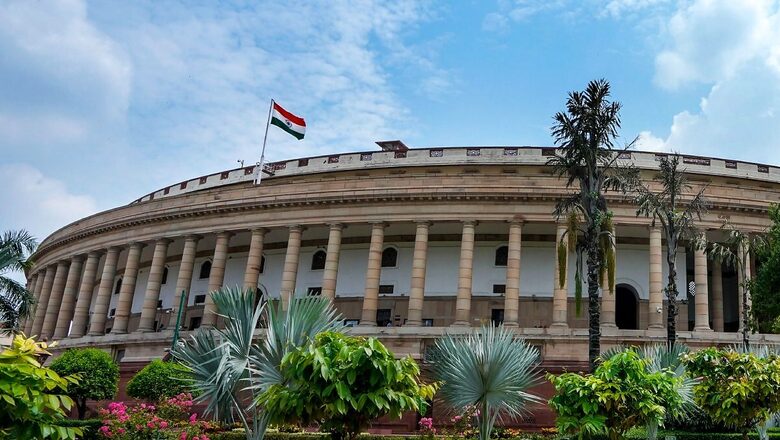
views
A parliamentary committee on rural development has asked the government to revise the cost norms to match those of the market, as per a third-party evaluation conducted by the NITI Aayog under the Watershed Development Component (WDC) of the flagship Pradhan Mantri Krishi Sinchayi Yojana (PMKSY) while observing that fixing a lower cost norm than the one recommended by it “compromised” with the quality and output of the project. The parliamentary standing committee on rural development headed by DMK lawmaker Kanimozhi in its report tabled in the House during the ongoing monsoon session stressed upon the need to link the cost norm to the current market condition.
WDC-PMKSY aims to develop watershed areas of degraded farmlands, works under which are carried out by the department of land resources under the union ministry of rural development (MoRD).
The panel recommended reviewing the adequacy of the current cost norms and increasing the cost norm for the plains as per the third-party evaluation conducted by the NITI Aayog.
“In this regard, the government has submitted in their action taken reply that under WDC-PMKSY 2.0, cost norm for plain areas at Rs 22,000/ha has been kept as per recommendations made by Revised Cost Committee constituted by the MoRD, the committee are of the view that the lower cost norm fixed will certainly compromise with the quality and timely output of the project,” the report stated.
It further said that the rationale behind the recommendation made by the NITI Aayog was to reflect the current market condition while revising the cost norm but the same was “compromised by fixing the cost norm below the recommended one”.
Also, the panel has raised concerns on the maintenance of structures made while recommending the government carry out an audit of assets created under the scheme instead of just “bypassing the responsibility” to the gram sabha.
“To enhance the efficacy of projects under WDC-PMKSY post-completion, the committee recommended to the department to do an audit of created assets and involve local/indigenous techniques for creating a longstanding structure. The department in their reply have only stated that Watershed Committee (WC) is authorised to utilise/manage the Watershed Development Fund (WDF) for the stated purpose. From the reply, the committee is of the view that the department should not feel contended by merely by-passing the responsibility to Gram Sabha as per the scheme’s guidelines but also address the crux of the recommendation made by the Committee in an effective way,” the panel said.
It also pointed out that no specific reply has been given to the recommendation of the committee that trees should be planted alongside the boundaries of the completed projects to save them from any damage.
The second edition of WDC-PMKSY was approved by the union government on December 15, 2021, with a central share of Rs 8,134 crore for the development of rainfed and degraded lands for the period from 2021-22 to 2025-26.
The techniques used for receiving sustainable yield under watershed areas consist of growing drought-tolerant varieties, in-situ grafting, rootstock selection, planting techniques, application of organic matter, mulching, and other soil and water conservation practices.




















Comments
0 comment